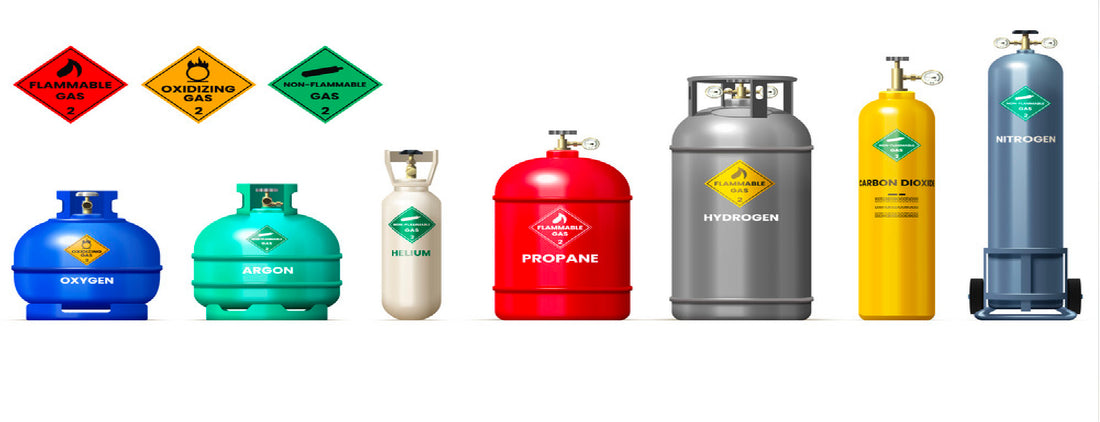Have you wonder how balloons float for so long? That's right! Our Genconnect's helium will answer your questions! Now lets go deeper I find out how helium work.
Properties and Characteristics:
One of the most intriguing properties of helium is its low boiling point, which is close to absolute zero (-452°F or -269°C). This makes it ideal for cryogenic applications, such as cooling the superconducting magnets in MRI machines and particle accelerators.
But perhaps the most famous characteristic of helium is its effect on the human voice. Inhaling helium temporarily changes the resonance frequency of your vocal cords, resulting in a high-pitched, squeaky voice. While it's undeniably entertaining, it's important to remember that inhaling helium can be dangerous if done excessively.
Uses and Applications:
Helium has a wide range of practical applications beyond party balloons and funny voices. In the medical field, it's used in MRI machines for cooling and pressurizing the magnets. Liquid helium is also employed in cryogenics to maintain superconducting temperatures in various scientific experiments.
Choose the right helium tank:
Size/Capacity: Determine the amount of helium you need. Tanks come in various sizes, typically ranging from small, portable tanks suitable for balloons to large tanks for industrial or commercial use.
Portability: If you need to transport the tank, consider its weight and size. Portable tanks are often lighter and easier to handle.
Safety: Verify that the tank meets safety standards and is properly labeled with relevant information.



